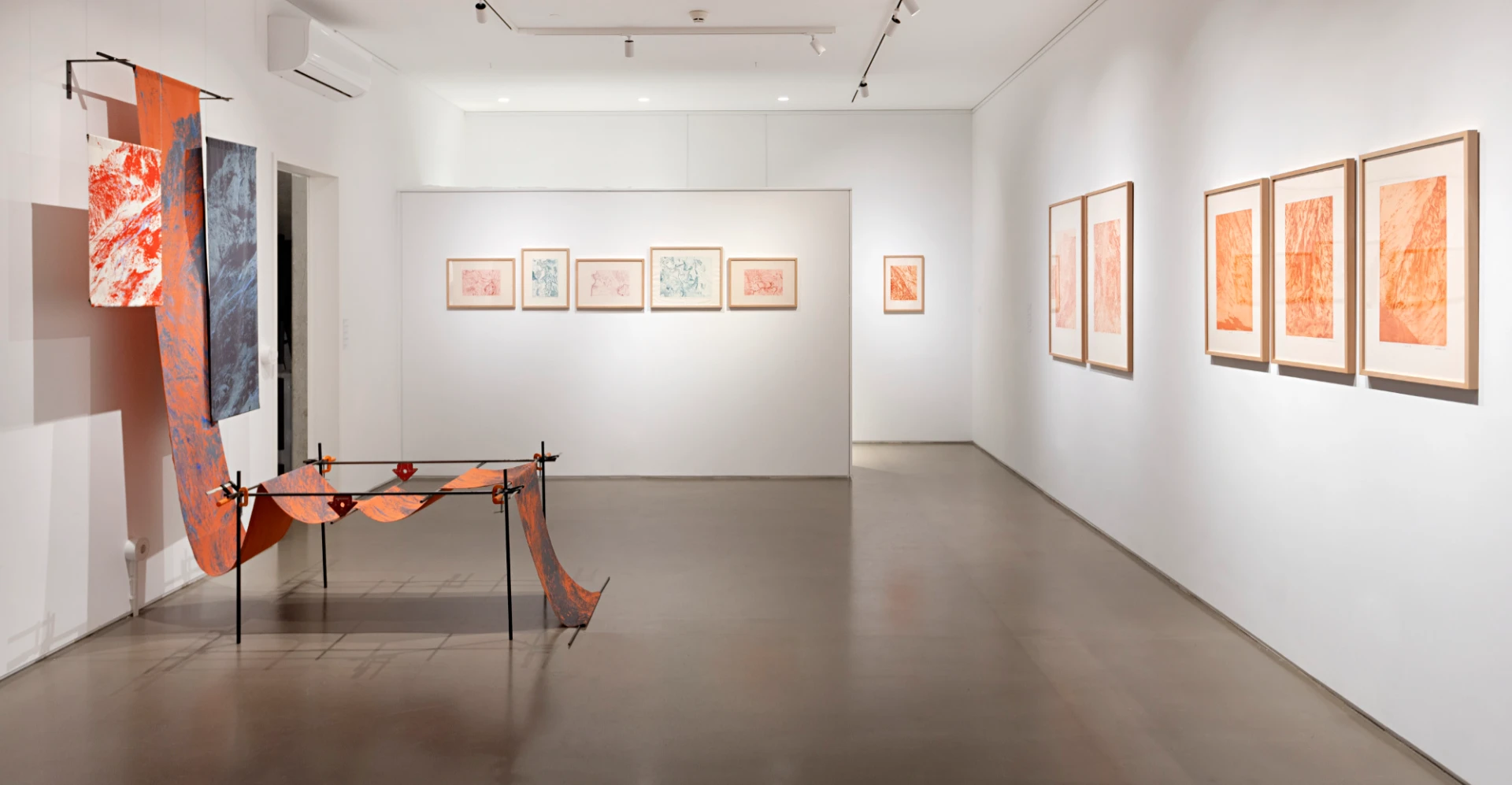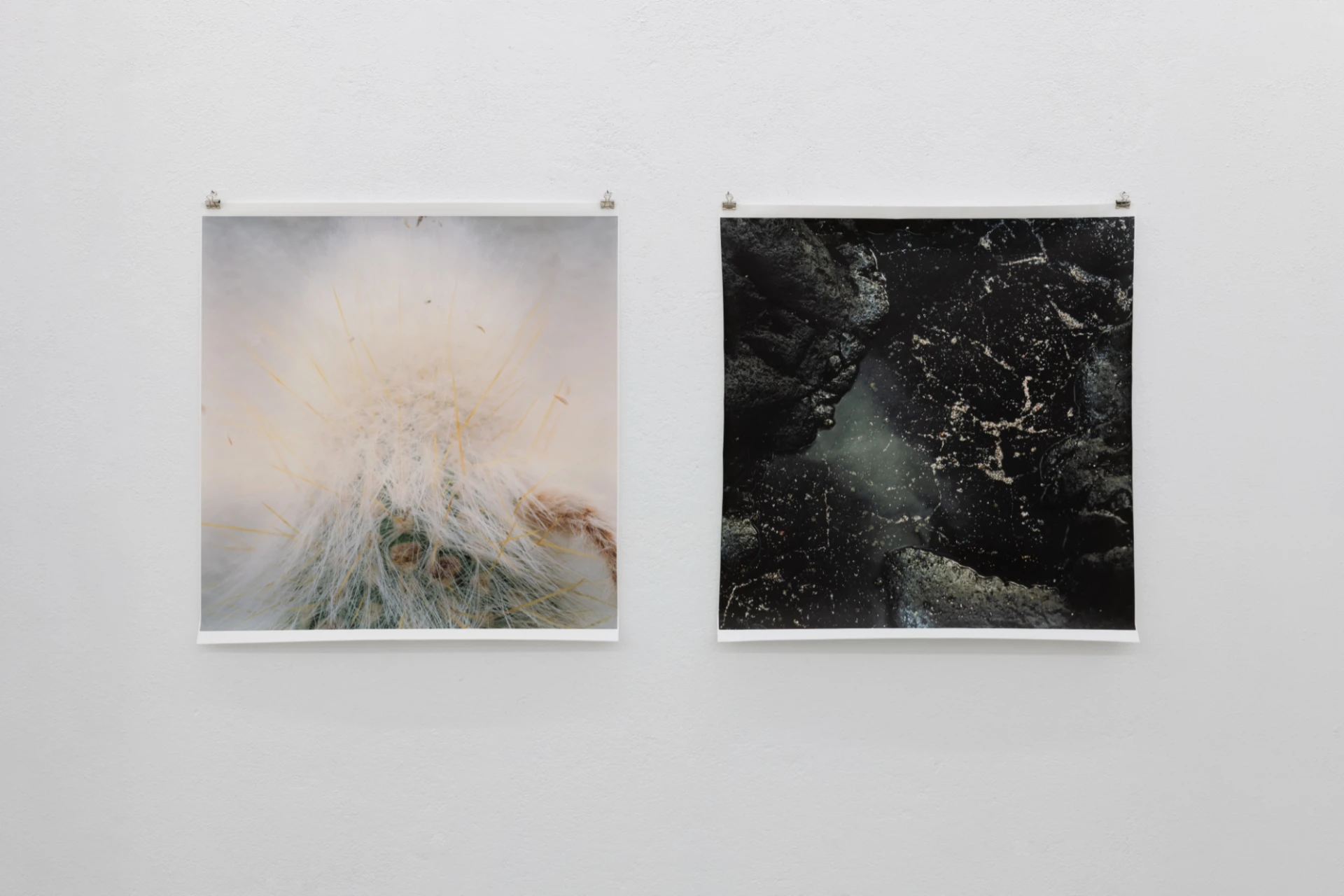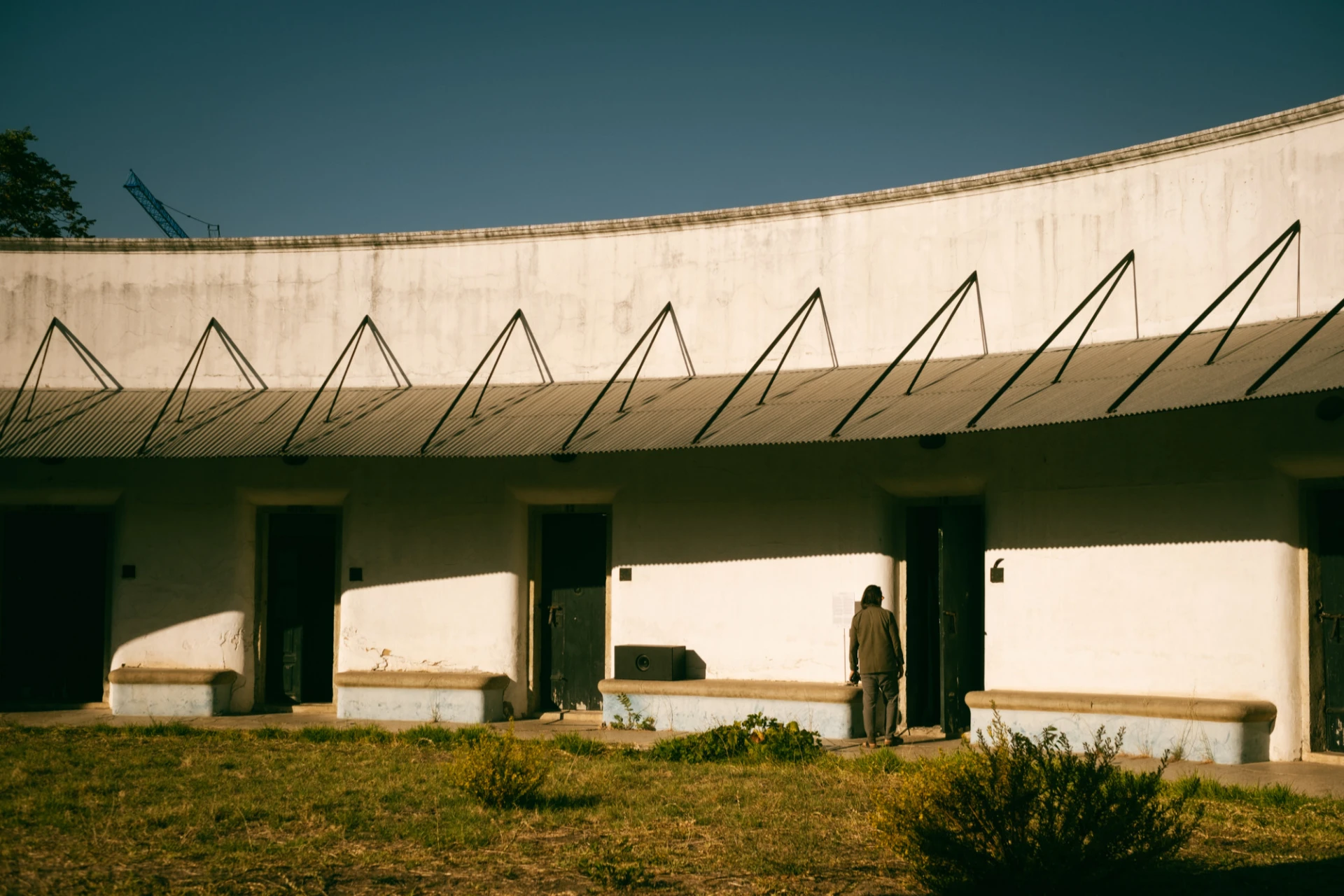article
Do Teatro ao Retrato and Allez Paris, at the Lisbon Municipal Archive
On May 30, the Lisbon Municipal Archive launched a double exhibition featuring two important contemporary Portuguese photographers: Eurico Lino do Vale and António Pedro Ferreira. Curated by Sofia Castro and António Pedro Mendes, the exhibition utilizes both archives' floors to present a brief retrospective of Eurico do Vale's photographic work and revisit António Pedro Ferreira's documentary series on Portuguese emigration to Paris in the 1980s.
The first floor houses the exhibition Do Teatro ao Retrato (From Theatre to Portrait), focusing on Eurico do Vale’s photographic work, consisting of portraits that stand out for their refined mise-en-scène, revealing a constant desire to perform or dramatize those who appear before the camera. This does not imply a disregard for the portrayed subjects; on the contrary, the implicit pre-production adjacent to each portrait conjures up a clear sense of dignity in the viewer, along with a certain subtlety, comical or playful, which imbues the photos with a special potential.
This seems to be a constant trend in Eurico do Vale's portraits, which expertly oscillate between notions of naturalness, spontaneity, and theatricality—as in the case of the Casamentos e Festas (Weddings and Parties) series—but which do not hide more global concerns of loss or extinction that go beyond the portrait. Demonstrated in the recording of urban changes in series such as As Senhoras do Chiado (The Chiado Ladies), Lisboa anos 90 (Lisbon in the 90s), or Lisboa Operária (Working Class Lisbon), which ultimately reveal, through the use of different portrait techniques (in the first, a handheld camera, in the style of Cartier-Bresson or Kertész, in the latter two, a use of tripods and studios reminiscent of Félix Nadar) an old Lisbon that is disappearing in the face of the new millennium; or, also, in the recording of the thresholds of change between childhood and adolescence, as seen in the ongoing series entitled Adolescentes do séc. XXI (Adolescents of the 21st Century).
On the second floor, still echoing the images of Eurico do Vale, there is a revealing contrast with the work of António Pedro Ferreira in Allez Paris. Although the matrices are identical between these photographers, as they both work in the portrait genre, António Pedro Ferreira distances himself from the scenographic tone that defines much of Eurico do Vale's work, consolidating an eminently photography documentary in a direct register. Allez Paris revisits the prints made by the author in 1996 (coincidentally displayed for the first time at the Lisbon Municipal Archive at that time) to offer a reinterpretation, or update, of this collection. The forty prints are presented side by side, in a deep dive into Portuguese migration to France during the 1980s.
Accurate records of the daily life of the migrant community reveal Saint Denis and northern Paris in a sensitive enlargement, reinforced by a punctum of opposites brought about by the visual dichotomies at play: the hope for a better life, nostalgia for the homeland, existential precariousness, and community life.
These exhibitions will be on display at the Lisbon Municipal Archive until September 20, 2025, with a guided tour by the curators scheduled for 20 September at 3 p.m., as well as a guided tour for blind or visually impaired people, also on 20 September at 11 a.m. Admission is free.
ADVERTISING
Previous
article
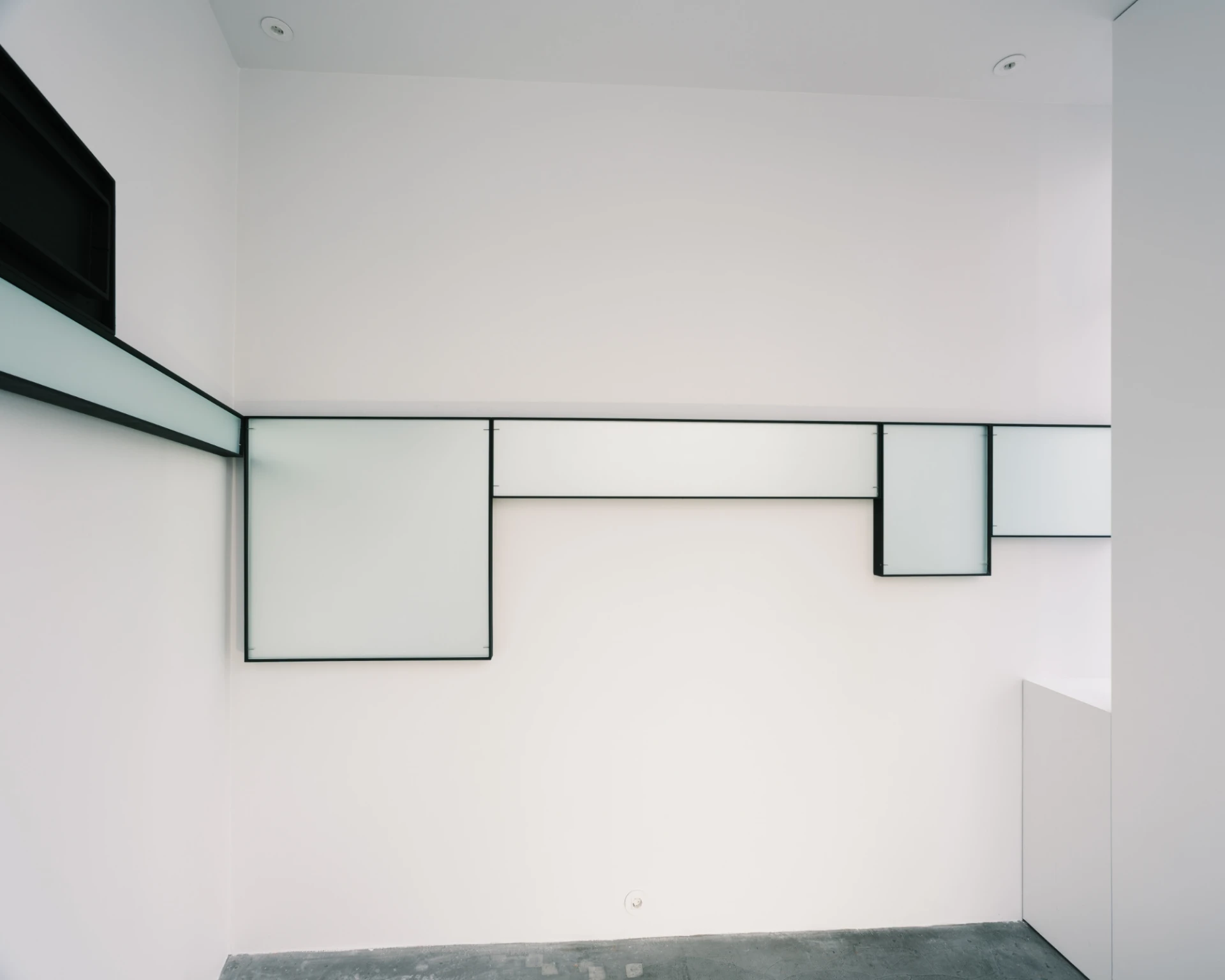
04 Sep 2025
drawing of a long Illuminated house. with annex, by Carlos Nogueira
By Débora Valeixo Rana
Next
agenda
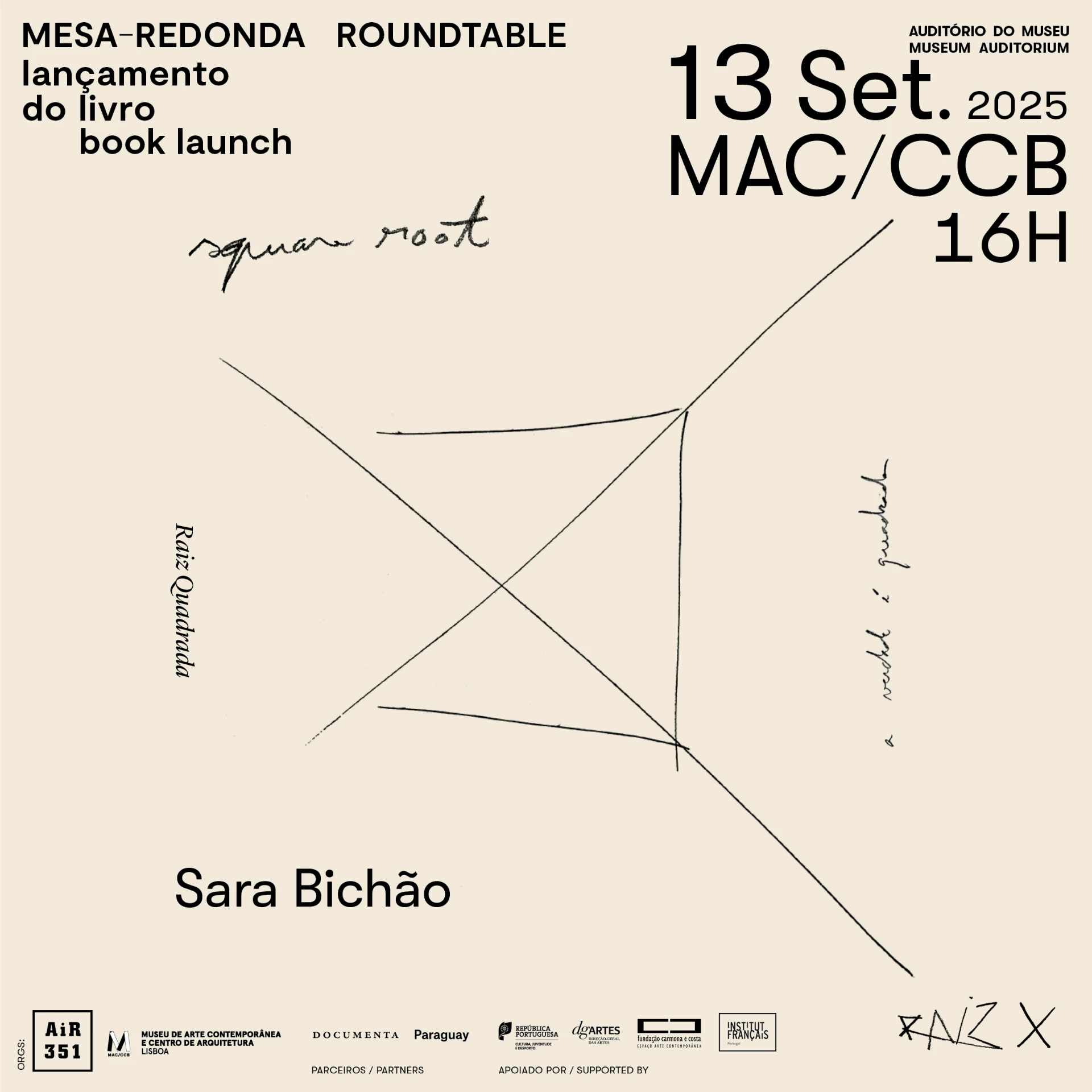
09 Sep 2025
Round table discussion and launch of Sara Bichão's book Square Root
By Umbigo
Related Posts
